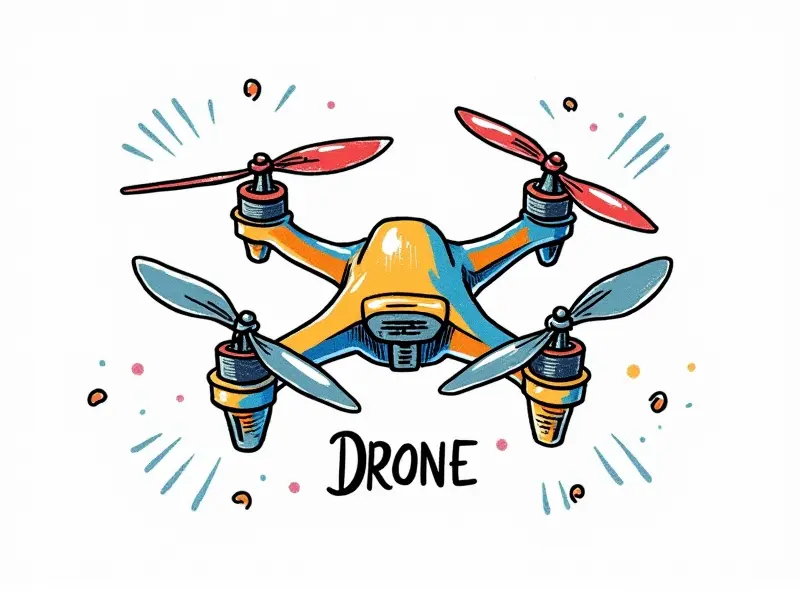RC plane propeller sizes

RC Plane Propeller Sizes: Choosing the Right Size for Your Aircraft
Welcome to our comprehensive guide on RC plane propeller sizes. Whether you're a seasoned hobbyist or just starting out in the world of remote-controlled aviation, selecting the right propeller is crucial for optimal performance and flight time.
Choosing the Right RC Plane Prop Size
The size of your RC plane's propeller plays a significant role in determining its overall performance. A well-chosen propeller can enhance speed, stability, and efficiency, while an ill-fitting one may lead to poor handling and reduced flight time.
Optimal Propeller Dimensions Revealed
The dimensions of your RC plane's propeller are critical for achieving the best performance. Key factors include diameter (D) and pitch (P). The formula D x P is often used to determine compatibility with specific motors and ESCs.
Maximize Performance with Perfect Props
- Diameter: Larger diameters provide more thrust but may reduce top speed. Smaller diameters offer better maneuverability at the expense of lift.
- Pitch: Higher pitch values increase climb rate and cruising speed, while lower pitches improve acceleration and low-speed handling.
Understanding RC Plane Prop Dimensions
To understand propeller dimensions, it's essential to know the relationship between diameter (D) and pitch (P). The diameter is measured from tip to tip across the center of the propeller. Pitch refers to how far the propeller would move forward in one revolution.
Common Propeller Sizes Compared
Here are some common sizes used for different types of RC planes:
- Sport Planes: 10x6, 12x5, 13x7
- Racing Planes: 9x4.7, 10x4.5, 11x4.5
- Aerobatic Planes: 12x6, 13x6, 14x6
How to Pick a Propeller Size
Selecting the right prop size involves considering several factors such as motor type, ESC rating, and desired performance characteristics. Here’s how you can make an informed decision:
- Motor Specifications: Check your motor's RPM range and KV value to determine suitable propeller sizes.
- Flight Style: Choose a prop that matches the intended use of your plane, whether it’s racing, aerobatics, or general flying.
Essential Tips on RC Propellers
- Balancing: Ensure your propeller is perfectly balanced to avoid vibrations and improve performance.
- Maintenance: Regularly inspect and clean your propellers to maintain optimal efficiency.
Matching Props to Your RC Airplane
The right propeller can significantly enhance the flight characteristics of your RC plane. Consider factors such as wing loading, motor power, and desired performance when selecting a propeller size.
Propeller Impact on RC Plane Performance
- Speed: Higher pitch values generally increase top speed but may reduce acceleration.
- Lift: Larger diameters provide more lift, which is crucial for heavier planes or those with high wing loading.
Top 5 Propeller Brands for RC Aircraft
Several brands offer high-quality propellers designed specifically for RC aircraft. Here are some of the top choices:
- HQProp: Known for their precision-engineered props suitable for various applications.
- Treeline Propeller: Offers a wide range of sizes and materials, including carbon fiber options.
Maximizing Flight Time with Optimal Props
To maximize flight time, select a propeller that balances thrust and efficiency. A well-chosen prop can significantly extend your flying sessions by reducing power consumption.
Conclusion
Selecting the right RC plane propeller size is crucial for achieving optimal performance and extended flight times. By understanding key factors such as diameter, pitch, and motor specifications, you can make an informed decision that enhances your aircraft's capabilities. Remember to balance thrust with efficiency and consider your specific flying style when choosing a propeller.

